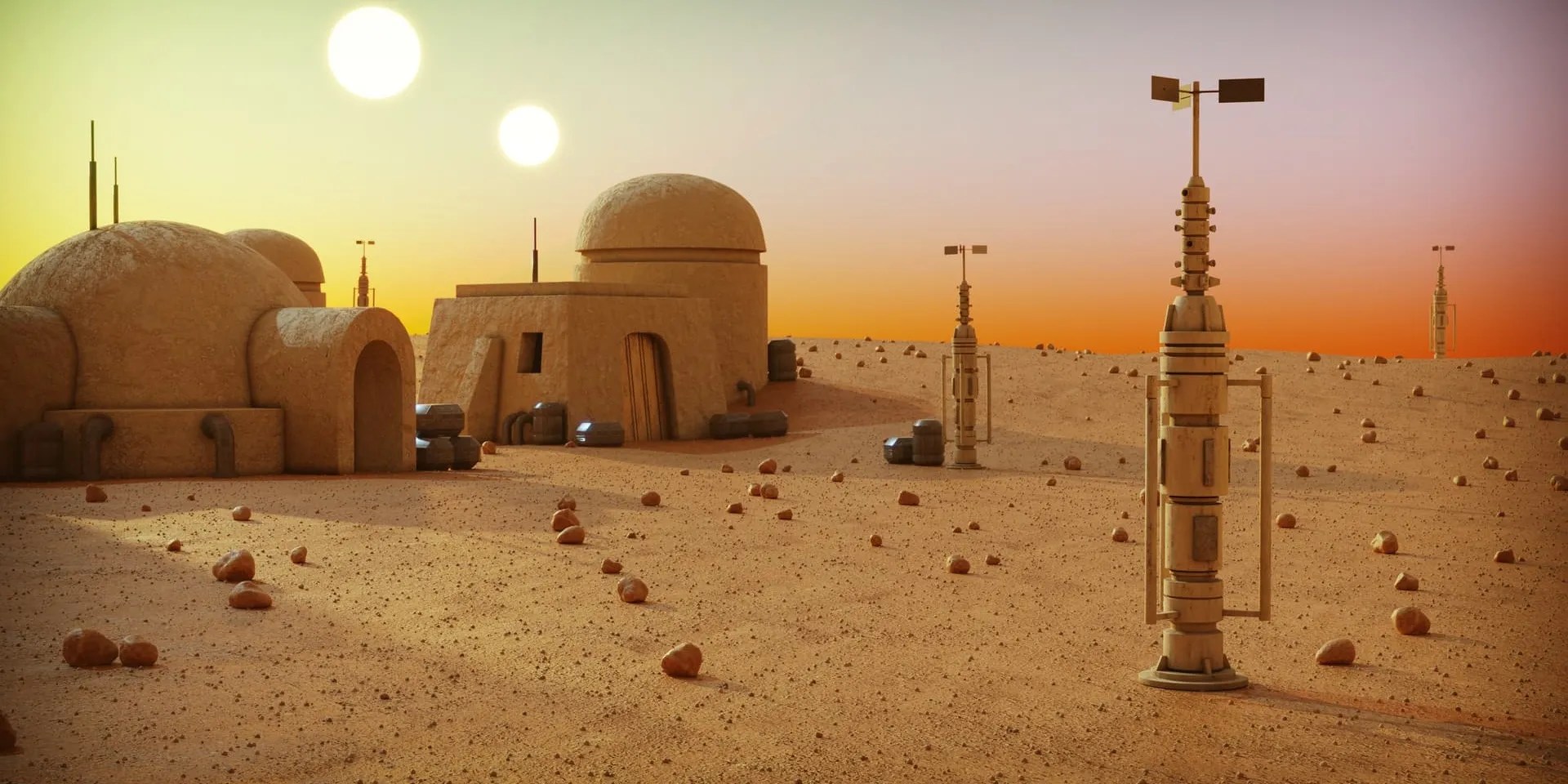The concept of time inStar Warstakes on a unique and intriguing dimension. As fans of the franchise have journeyed through galaxies far, far away, they’ve often wondered about the fundamental aspects of this fictional cosmos. One of these aspects involves the length of a day on different planets.
Time in theStar Warsuniverse operates differently from our Earthly experience. While people on Earth measure time in hours, minutes, and seconds,Star Warsrelies on its own unique system, consisting of days, hours, and standard minutes. However, it’s important to note that this concept of time is adapted for storytelling purposes, allowing audiences to engage with the plot without becoming entangled in complex temporal calculations.

RELATED:Star Wars Lore: A Guide To What Happened In Each Era
The Galactic Standard Calendar
Residents of theStar Warsuniverse keep track of time using a system called theGalactic Standard Calendar (GSC).This calendar was developedbased on the planet Coruscant’s sizeand the way it goes around its sun. It’s what we call aluno-solar calendar,which means it considers both Coruscant’s orbit around its sun and the orbit of its main satellite, Centax-1.
This system uses what they call a “standard second” as its the basic unit of time. Sixty of these standard seconds make up a standard minute, and sixty minutes make up a standard hour. So, their days are pretty much like Earth’s, having 24 standard hours each. A week in this calendar consists of 5 standard days, and each month is made up of seven weeks, with 35 standard days per month. The year is 368 days long. It’s made up of ten months, three special weeks called “fete weeks,” and three holidays.

Because of the Hyperdrive Theory,time passes the same way everywhereduring a specific time period. So, if somebody is traveling through space using hyperdrive, they won’t have to worry about time differences like in Earth’s real-world relativity. But, despite this calendar system, the length of a day on different planets in theStar Warsgalaxy can still vary due to how they spin and move around their stars.
Tatooine: Home of Dual Suns
One of the most iconic planets inStar Warsis Tatooine, known for its twin suns and arid desert landscapes.Tatooine’s unique celestial arrangementmakes its day-night cycle distinctive. The planet experiences binary sunrises and sunsets, resulting in a day that lasts approximately 23.5 standard hours. This means that a full rotation on Tatooine is equivalent to about 23 hours and 30 minutes in Earth time.
This unusual day length has profound effects on the planet’s environment and the lifestyles of its inhabitants. It often leads to extreme temperature fluctuations, with scorching hot days and chilling nights, making survival on Tatooine a challenging endeavor.

Coruscant: The City That Never Sleeps
In contrast to Tatooine, the planet-wide city of Coruscant presents a different temporal experience. This bustling city-world, known for its towering skyscrapers and urban sprawl, has a day that closely resembles Earth’s 24-hour cycle. Coruscant’s day-night cycle consists of 24 standard hours, making it a hub of activity and commerce.
The concept of time on Coruscant is meticulously regulated. The city’s synchronized infrastructure ensures that businesses, government functions, and transportation systems run smoothly around the clock. The planet’s surface is divided into numerous levels and districts, each bustling with life at all hours. Coruscant and its management of time demonstratethe ability of the Galactic Standard Calendarto accommodate the needs of diverse planetary environments.

Hoth: The Frozen World
Hoth, the ice planet featured inThe Empire Strikes Back, is a frigid world known for its extreme cold and inhospitable conditions. Hoth has a day-night cycle that spans approximately 24 standard hours, similar to Earth. However, its icy terrain and sub-zero temperatures make survival on Hoth a constant battle against the elements.
The Rebel Alliance established a hidden baseon Hoth, which served as a key location in theStar Warssaga. The planet’s harsh environment and unique day length played a significant role in the Rebel’s strategy, as they relied on Hoth’s long nights to shield their operations from the prying eyes of the Galactic Empire.

Endor: The Forest Moon
Endor, the forested moon featured inReturn of the Jedi, has a day-night cycle that closely mirrors Earth’s. With a rotation period of approximately 24 standard hours,Endor’s inhabitants, including the Ewoks, live in harmony with a day-night rhythm familiar to Earthlings.
Endor’s lush forests and primitive technology stand in stark contrast to the advanced urban landscapes of planets like Coruscant. This moon’s day length reflects the diversity of environments within theStar Warsgalaxy, each shaped by its celestial circumstances.
From the twin suns of Tatooine to the bustling metropolis of Coruscant and the icy expanse of Hoth, each planet offers a distinct temporal experience that enriches theStar Warsgalaxy. So, as fans continue toexplore this beloved universe, it is essential to remember that time may flow differently in a galaxy far, far away, but the epic stories it contains are timeless.